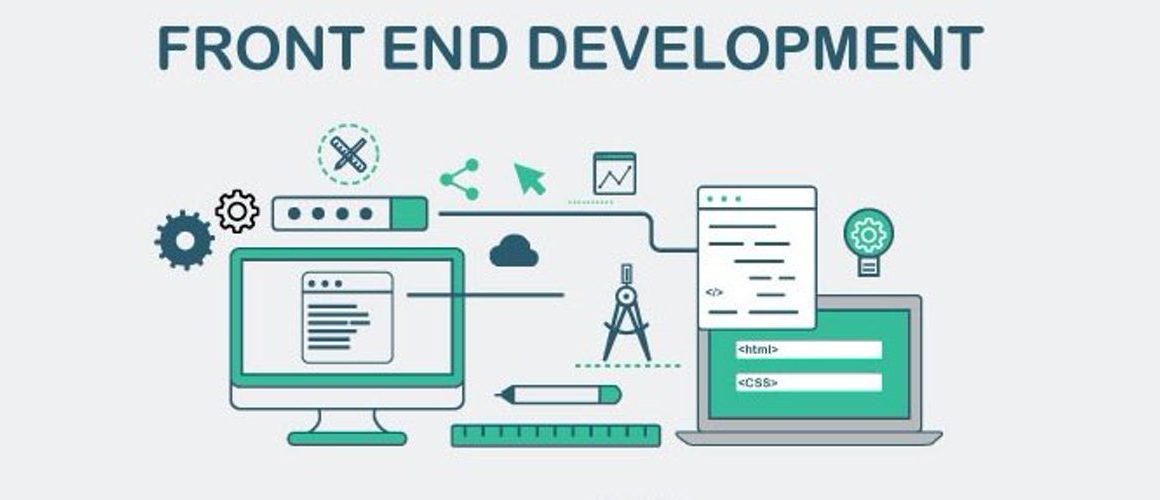When it comes to testing and automation, web applications have unique considerations when compared to traditional software projects. To handle web app testing and automation, you’ll need specific tools and know-how that aren’t necessary with other types of software. Luckily, there are plenty of different approaches to handling this, so you can pick one that fits your particular needs and workflow. In this article, we’ll outline what you’ll need in order to test and automate web applications effectively so that you can choose the approach that works best for you.
Automate everything
Automation should be your first line of defense against issues. If something goes wrong, it will give the system enough time to fix itself before the error cascades. This is especially true in the world of web applications, where we have a constant influx of new code being pushed into production on a daily basis. There are many different types of automation that can be used to achieve continuous integration.
Unit Testing
A unit test will often assert that certain inputs should result in certain outputs. A common way to assert this is to use the assert keyword, which is available in many languages including C# and Java.
There are many ways to unit test code; some people prefer writing out assertions manually while others use frameworks like Jasmine or Jest. There is also the option of using automated testing tools, but these can be time-consuming and expensive. What’s more, they often only find problems with your code after it’s been in production for a while! If you’re going this route, Selenium is an excellent open-source tool that will allow you to write scripts to click through your UI as if a real user were navigating it.
Component Testing
Component testing is used to see if the components are working correctly. We use these tests to verify that the components have been built correctly. The reason for this is that when we’re building software, it can be difficult to know how everything works together. In addition, we may want to make changes in one area of our software without affecting another area. A component could be an entire module or one individual feature of a larger system like logging in or signing up.
Testing the components of your web application involves having humans and machines interact with the product. The human’s job is to identify possible errors or inconsistencies, while the machine’s job is to analyze the code and find any possible flaws. Once these errors are found they can be fixed by updating the code or fixing them manually. This process of testing, fixing, and repeating until there are no more issues is called regression testing.
End-to-End (E2E) Testing
E2E testing is one of the most important types of software testing services. It’s not just about making sure that your web app behaves as expected when interacted with, but it’s also about checking how it handles errors and unexpected inputs. This way, your users are less likely to encounter bugs when they use your app in their day-to-day lives. You should take into account both usability and performance during your end-to-end testing phase because these two factors will make or break an app. When conducting this type of testing, it’s important to know what browsers you want to support (e.g., Chrome) and what browser versions.
Integration Testing
There are many types of integration tests, including UI (User Interface) testing, Service-level testing, API Testing, SOAP/REST Testing, XHR (XML HTTP Request) Testing, URL Path Testing, and File Upload Testing. Some common tools for performing integration tests include Selenium IDE (Selenium Integrated Development Environment), WebdriverIO, or Selenium WebDriverJS.
User Interface testing is the most time-consuming type of test because it requires interactions with the UI components like text fields, links, buttons, menus, and other widgets. But also can be very useful when trying to simulate error cases in production environments by loading scripts to interfere with the expected behavior that leads to an error message on the screen.
What else to consider when creating tests
There are many strategies to consider when testing an application. Some of these include: designing your tests to use the same input data as your code, designing your tests to use the same output data as your code, designing your tests to use the same expected results as your code, and designing your tests so that they will fail if any error occurs. When it comes to automation, there are also some considerations to take into account.
If the software is not designed with automation in mind, then it may be more difficult or require additional effort to design effective automation tests.
If the software is designed with automation in mind, then there may be some additional considerations such as how much access a user has or which services need to be included in automated tests.
Author BIO
In 2019, Mayank sharma took up the post of Sr. Test engineer at Devstringx, a top we application testing services provider company in India & USA. As a Sr. test engineer, Mayank provides a range of software testing services including test automation, functional testing, regression testing, etc. Apart from that He has great command on testing tools like Selenium, Katalon, Appium, etc. He love to keep himself updated from the latest technologies. He love to reading blogs base his experience he shared his knowledge through his blogs.



